Year 192 AD Medium Marble Dimensions 133 cm (52 in) Created 192 AD | Type Sculpture Condition Well-Preserved Owner Palazzo dei Conservatori | |
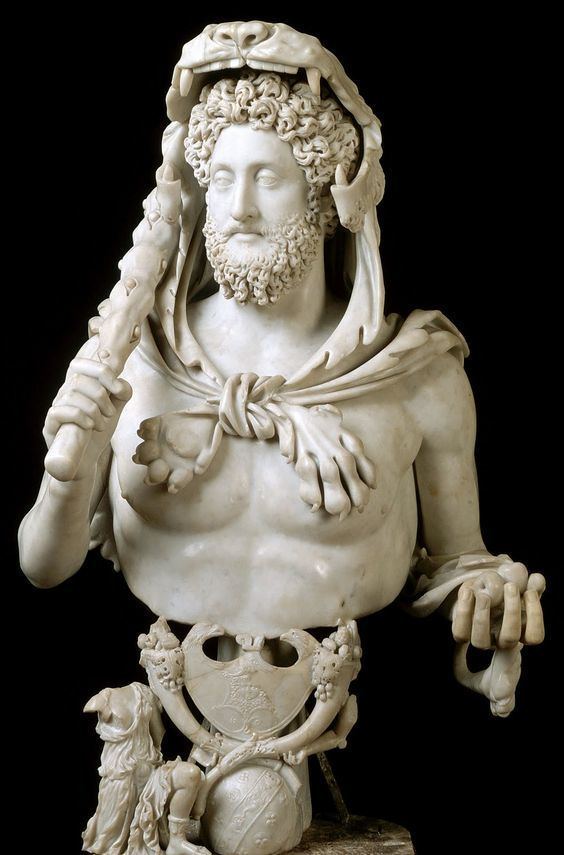 | ||
Similar Equestrian Statue of Marcus A, Portrait of the Four Tetrarchs, Gemma Augustea, Column of Antoninus Pius, Augustus of Prima Porta | ||
Art history project colossus of rhodes and commodus as hercules
Commodus as Hercules, also known as The Bust of Commodus as Hercules, is a marble portrait sculpture created sometime in early 192 AD . It is housed in the Capitoline Museums in Rome, Italy. Originally discovered in 1874 in the underground chambers of Horti Lamiani, it has become one of the most famous examples of Roman portraiture to date.
Contents

Commodus (31 August 161 AD – 31 December 192 AD) was Roman Emperor from 180 to 192 and the son of the previous emperor, Marcus Aurelius. During his sole reign, he came to associate himself with the Greek hero, Herakles (whose myths were adopted in Rome under the name Hercules), eventually having a bust depicting him as the hero created near the end of his reign.
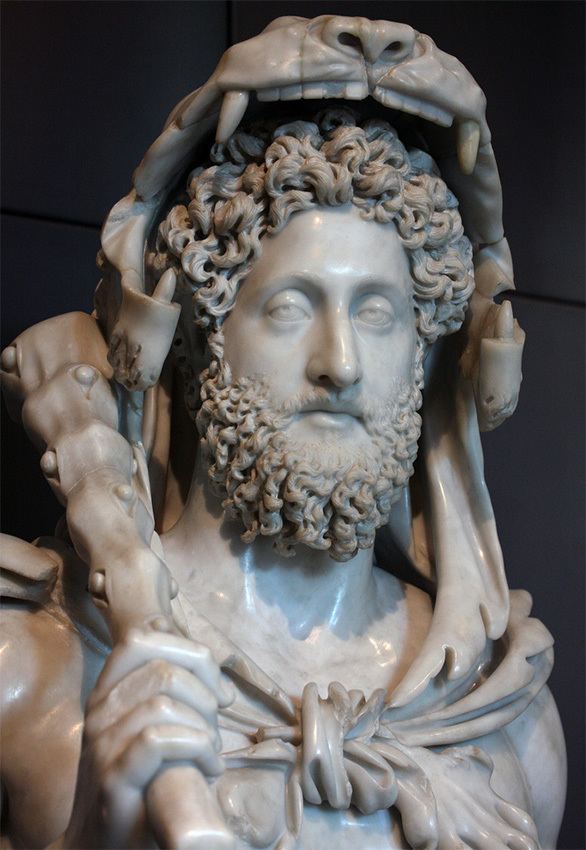
Symbolism
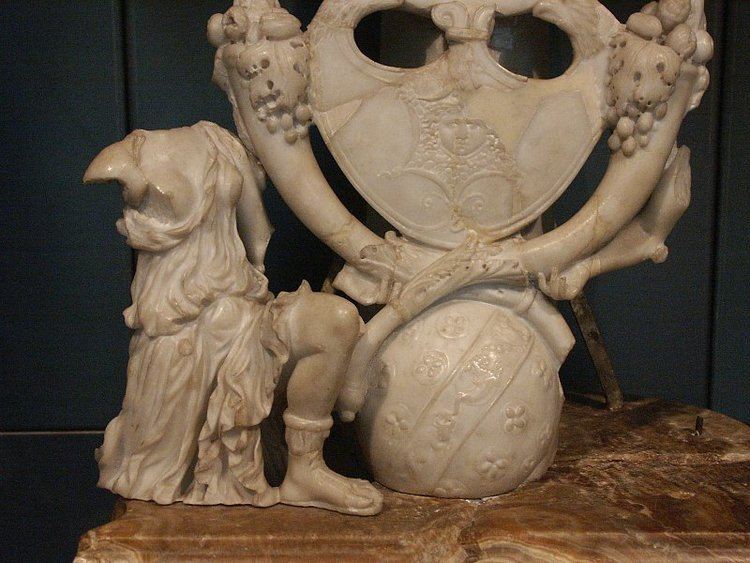
Here, the Roman Emperor has taken on the guise of the mythological hero, Hercules. He has been given the attributes of the hero: the lion skin placed over his head, the club placed in his right hand, and the golden apples of Hesperides in his left. Each of these objects has been placed as a reminder of the hero's accomplishments, as well as also allowing the Emperor to associate and refer to himself as the Roman Hercules.

At the base of the sculpture, carved into the globe are the zodiacal signs of Taurus, Capricorn, and Scorpio. The meaning behind these symbols has been somewhat debated since the discovery of the sculpture, with interpretations ranging from purely astrological to calendric.
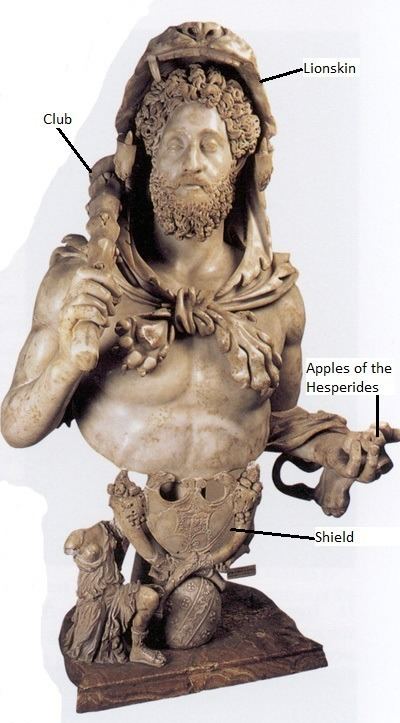
Evidence pointing towards the latter of these two ideas has been presented by Professor Robert Hannah of The University of Waikato, who has pointed to the thought that these signs could represent the month of October, which the emperor had renamed after Hercules during his rule:
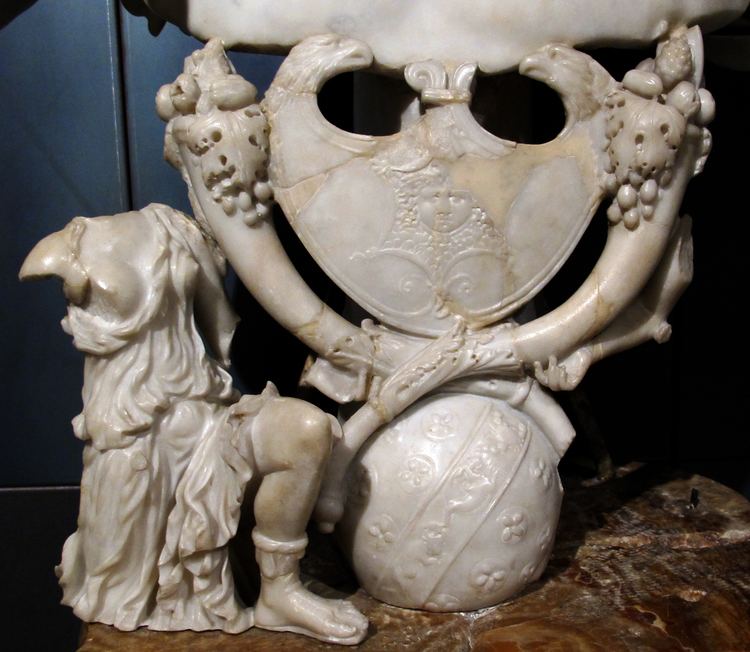
In this way, the signs are interpreted as an indication of the month of October. October figured prominently at various stages of Commodus' life, and indeed was renamed after Hercules by the Emperor. This calendric interpretation can therefore be seen to emphasize the Herculean aspect of the portrait.
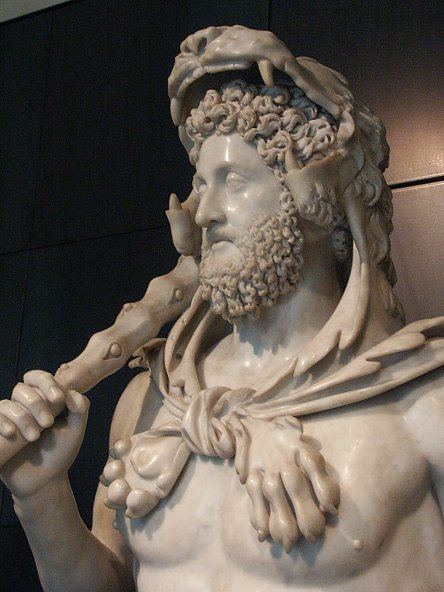
Other sources argue that the three signs instead are linked to the foundations of the city of Rome. In this case, Taurus represents the founding of Rome under Romulus, which took place traditionally on the 21st of April, Capricorn represents Augustus, who regarded the sign as his, and finally Scorpio would represent the Emperor himself, as the third "founder" of the city. This popular theory also can be seen as Commodus once more emphasizing his association with Hercules, as Scorpio would fall into the month of October, which he had renamed after Hercules.
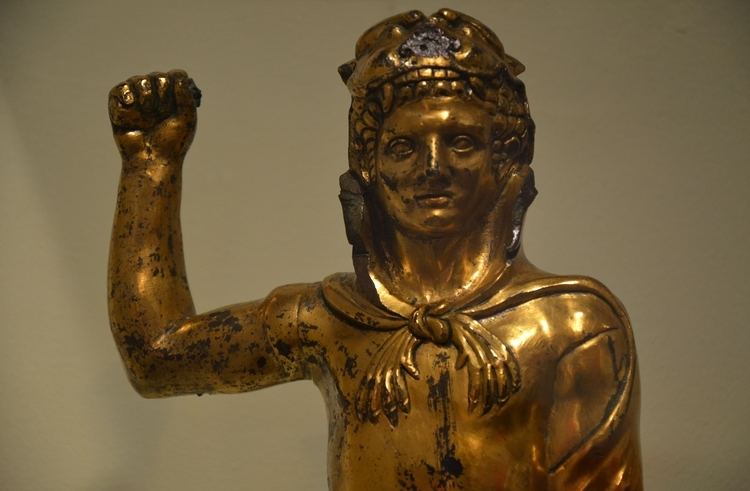
Further decoration can be found surrounding the globe, from the kneeling Amazons to either side (one of which has been lost), to the cornucopia entangled with a pelta. Believed to be for the purpose of celebration, this idea is furthered by the inclusion of two Tritons, which are believed to represent his apotheosis.
Intent
There is speculation of the Emperor's intent by creating depictions of himself as a godlike figure. While some sources say it was Commodus's desire not to be the protege of Hercules, but to be a god, the incarnation, the epiphany of Hercules and others claim instead that he simply desired to be the center of attention and show his intense appreciation for games and spectacles.
